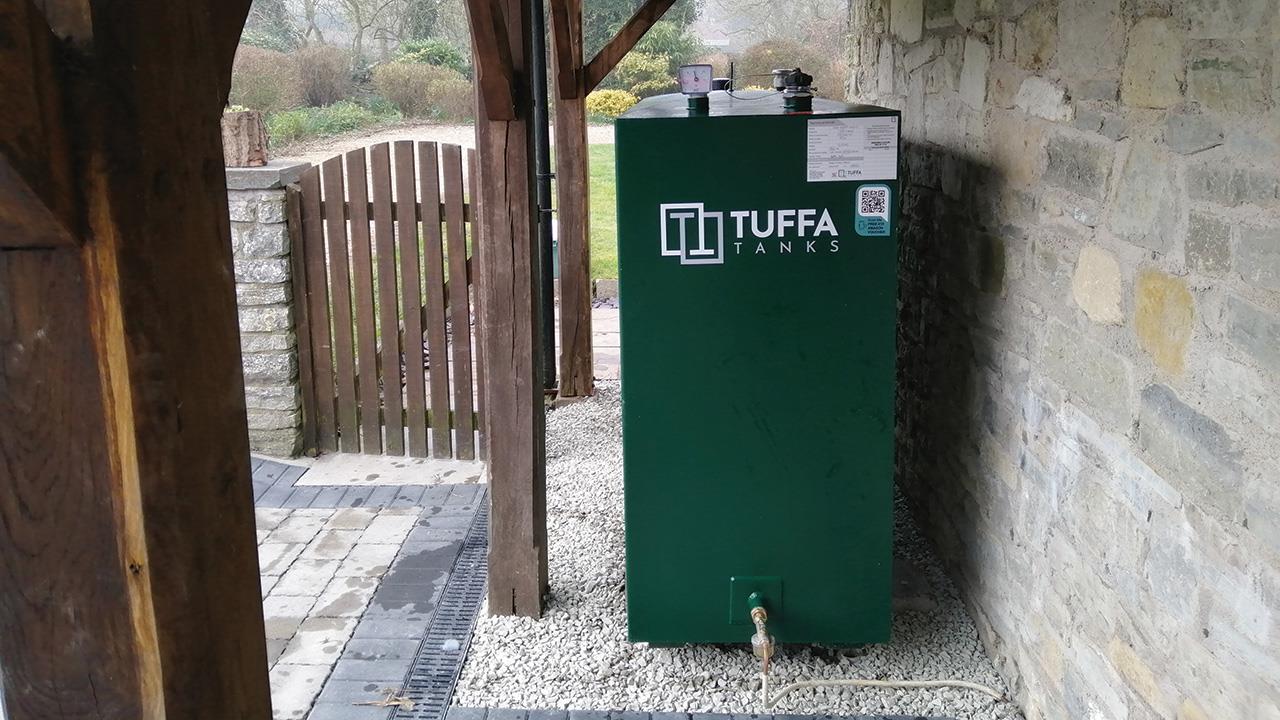

Most people within the heating and plumbing industry will be familiar with Hydrotreated Vegetable Oil (HVO), a second-generation biofuel that offers an almost equivalent alternative to kerosene with an almost 90% reduction in carbon emissions. It’s now over a year since the first phase of trials began, modifying existing boilers to burn HVO.
As expected, the trials successfully demonstrated that boilers across the UK can use the biofuel for long durations with no discernible difference in heat output. The trial’s second phase is now well underway, with 200 homes and businesses using HVO for heating. The aim this time is to verify the logistics and feasibility of using HVO to help decarbonise up to 1.7 million properties across the UK.
While the UK government has not yet published plans to discontinue the use of kerosene altogether, its use is being phased out through a ban on the installation of fossil fuel burners in newbuild homes from 2025 and existing homes from 2035. Fortunately, HVO doesn’t fall into this category as it is a fuel certified as fossil-free and sustainable by the International Sustainability and Carbon Certification (ISCC).
The use of HVO in oil-fired boilers is now beginning to become part of the UK’s plan to decarbonise heating. Indeed, the Heat and Buildings Strategy recognises the use of liquid biofuels, such as HVO, as an alternative form of heating in cases where heat pumps are not a practical option.
However, the report also suggests that the availability of the biofuel is a limiting factor. Demand for HVO to decarbonise other sectors of the economy is high, with road transport in particular showing a large appetite for biofuel.
With very few sustainable fuels suitable for the aviation industry, there is an argument for it to take priority over industries with other viable solutions. However, this is perhaps a poor argument considering that the proposed solution to heating off-grid homes is the installation of heat pumps, which are pushed as ‘one-size-fits-all’, despite the technology being particularly ill-fitting for many homes currently heated with oil. These homes are often more than a century old, potentially lack the consistent electrical supply required to run a heat pump, and are typically poorly insulated.
Government calculations suggest that the cost of retrofitting a house with an EPC-rating of ‘E-G’ to ‘C’ – the level needed for heat pumps to work effectively – would be around £15,000. Coupled with the cost of a heat pump or biomass boiler (circa £10,000-20,000), it’s simply not a viable cost for most homeowners to secure the basic necessity of hot water, even with the government’s Boiler Upgrade Scheme offering up to £5,000 to subsidise the installation of an air source heat pump.
Comparatively, there is no discernible difference in heat output between a home heated with HVO and a home using kerosene. With most oil tanks already compatible with HVO and retrofitting costs expected to average £500, the switch to HVO would be relatively seamless and affordable.
Future Ready Fuels (a UKIFDA and OFTEC coalition) is concerned that rural households will be “used by the government as guinea pigs to test the rollout of heat pumps”. Representatives from Future Ready Fuels have been in contact with the main European and US HVO suppliers and have received reassurances that their plans to increase production would meet demand from UK domestic heating.
It should also be noted that the expectation isn’t to switch to pure HVO immediately, but to begin with a HVO blend, and ‘HVO100’ – 100% HVO – becoming available for heating by as early as 2025. This will allow for a smoother transition for homeowners, fuel distributors, and the government, while providing more time to increase HVO production.
Supply of HVO could also change rapidly, as the number of treating facilities and the supply of waste materials used to produce HVO increase. According to OFTEC, HVO production is forecast to rise by over 300% in Europe alone between 2020 and 2025, with the rest of the world, including the US, expected to increase production by a similar amount.
Research into, and production of, third-generation biofuels with microalgae is also looking particularly promising. Algae can ‘absorb’ more carbon than trees and, in doing so, creates more algae which can be converted into fuel suitable for a number of industries, including aviation.
We’re also experiencing greater investment in, and uptake of, electric vehicles, which could result in less demand for the renewable fuel in the near future, and free up supply dedicated to heating.
A final hurdle for homeowners and businesses alike is the cost of the fuel. HVO is currently only commercially available as an alternative to diesel, and retail costs are higher than those of fossil fuel. However, the industry is urging the government to incentivise uptake of the renewable, low carbon fuel in the same way that has already been done for the transport sector.
The UK’s Trade Remedies Authority recognises the advantages of using HVO for UK heating, and in December 2021 recommended the removal of trade measures on importing HVO from the US and Canada. If upheld, this would further alleviate concerns over cost and availability of HVO for home heating. Even without legislative changes, the comparatively small initial capital required will likely make HVO heating more affordable and realistic than low carbon options currently on the market. With the UK contracted to become carbon neutral in just one generation, liquid biofuels are set to play a vital role in sustainable, low carbon heating.
If you'd like to keep up-to-date with the latest developments in the heating and plumbing industry, why not subscribe to our weekly newsletters? Just click the button below and you can ensure all the latest industry news and new product information lands in your inbox every week.